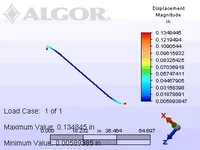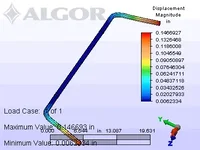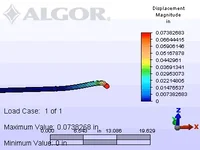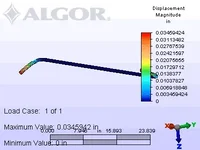Jeff@Tri-Point
Member
Protege 5 FSB & MSP RSB Rates
Co Worker helped me measure the sway bar rates on the Protege 5 FSB and MSP RSB
Protege 5 Front Sway Bar -120lbs/inch
MSP Front Sway bar maybe 142lbs/inch ~ figure 18.5% Increase
MSP Rear Sway Bar - 144lbs/inch
A little weak? (boom07)
Co Worker helped me measure the sway bar rates on the Protege 5 FSB and MSP RSB
Protege 5 Front Sway Bar -120lbs/inch
MSP Front Sway bar maybe 142lbs/inch ~ figure 18.5% Increase
MSP Rear Sway Bar - 144lbs/inch
A little weak? (boom07)
Last edited:




